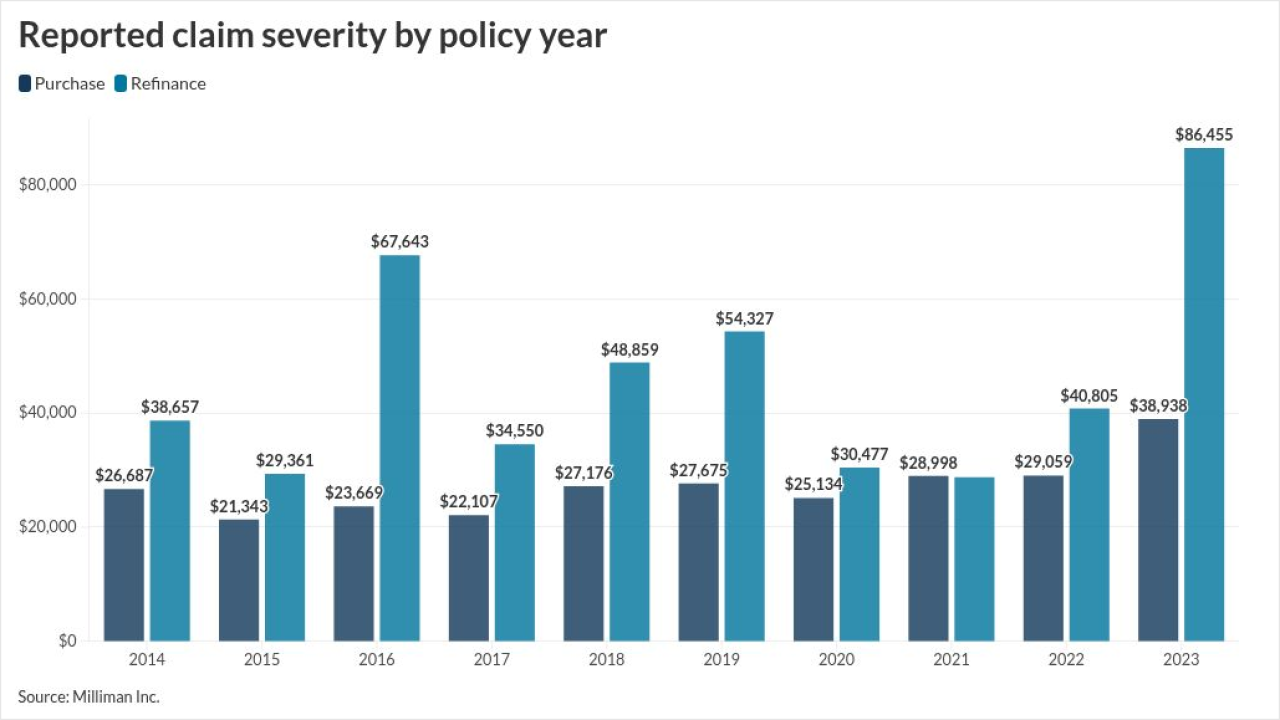Takeaways:
- Life insurance product changes get reflected in digital operations
- Multiple incompatible old systems have to be reconciled
- Customers expect digital capabilities
Life insurers trying to get a handle on

Aging populations with longer life expectancies have influenced the types of life insurance products being offered, according to Don Desiderato, founder and CEO of Mantissa Group, a CIO executive consulting firm, who spoke in a recent webinar hosted by Sureify.
"Products are now morphing into income guarantees and retirement solutions," he said. "It's a very, very interesting combination between product and digital that has been unfolding over the past decade."

Life insurers acquiring new policyholders are turning to tools created for other industries, such as data integration and pre-processing, according to
These tools draw on AI to bring together structured and unstructured policy data, find and correct errors – both in claims and actuarial operations, she explained. "When something is missing from data sets coming in, you know if it requires a stop or you can continue to fill in items and normalize data," she said. "For an actuary, that might have taken three or four months of an analyst's time when I was starting my career. Now AI can really take that over, probably better than a young actuarial student can, and certainly faster."
Life insurance policy administration platforms were built at several different times over the past 40 years, so the industry is contending with many different old platforms, according to Desiderato. "It's put technology CIOs' operations in a really, really tough spot, because now they have to undo those," he said.

Legacy technology frameworks cannot be overlaid with new systems, observed Andrew Burge, vice president of life business development at Nationwide, during the Sureify webinar.
"A lot of the technologies and processes and experiences that we built were rooted in forms," he said. "If you have a piece of paper, it's hard to build KYC [know your customer] at the point of application. We haven't done a good job keeping pace with that, because that's the way we've always done things, and the way the systems are built."
To replace old legacy systems doesn't have to mean cutting out insurance agents, according to Desiderato. "It has shifted from exclusively the agent to a hybrid," he said. "You look digitally for any information. That, coupled with your conversation with your agent, ultimately enhances the experience with the agent. The agents that are the most successful are the ones that absolutely embrace digital engagement, because it makes their jobs that much easier."

To be more responsive to life insurance customers or potential customers, not only do insurers have to improve workflows and customer interactions, they must think about changing consumer expectations, according to Katie Kahl, chief product officer at iPipeline, a life insurance software provider.
"Everything is very digital first. They're not going to be as accepting of paper, which there's still a fair amount in the industry today," she said. "But also, they expect more speed. They don't want to talk to anyone until it's time to make a decision."






